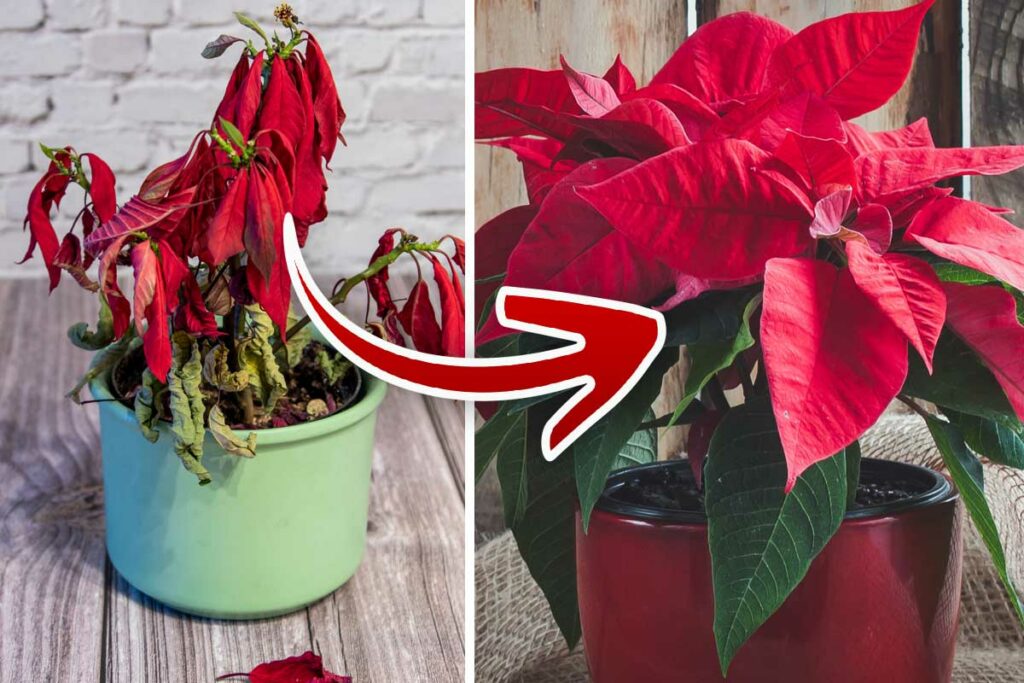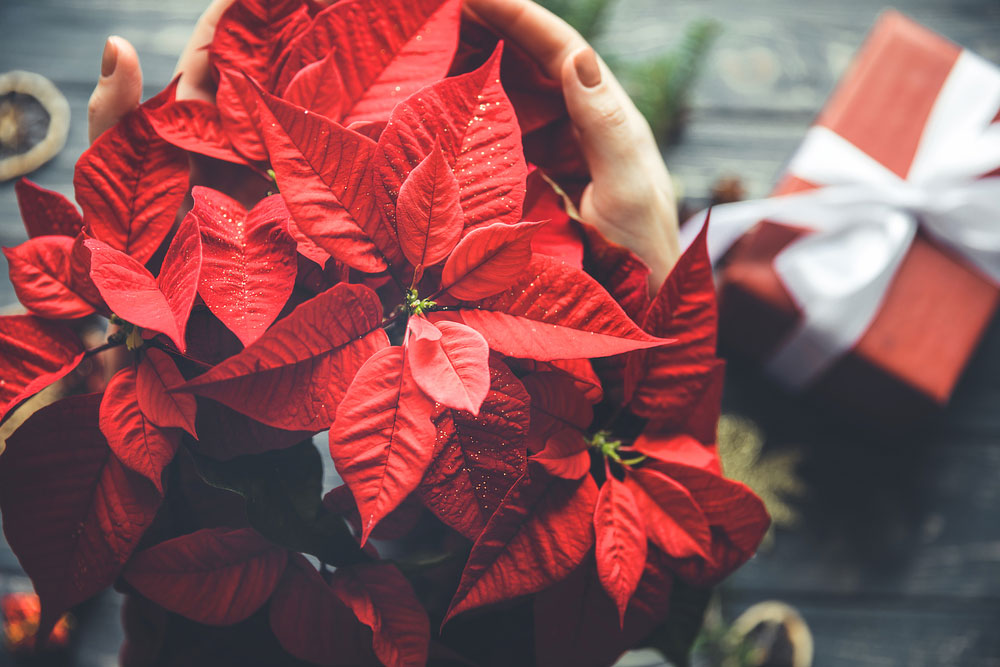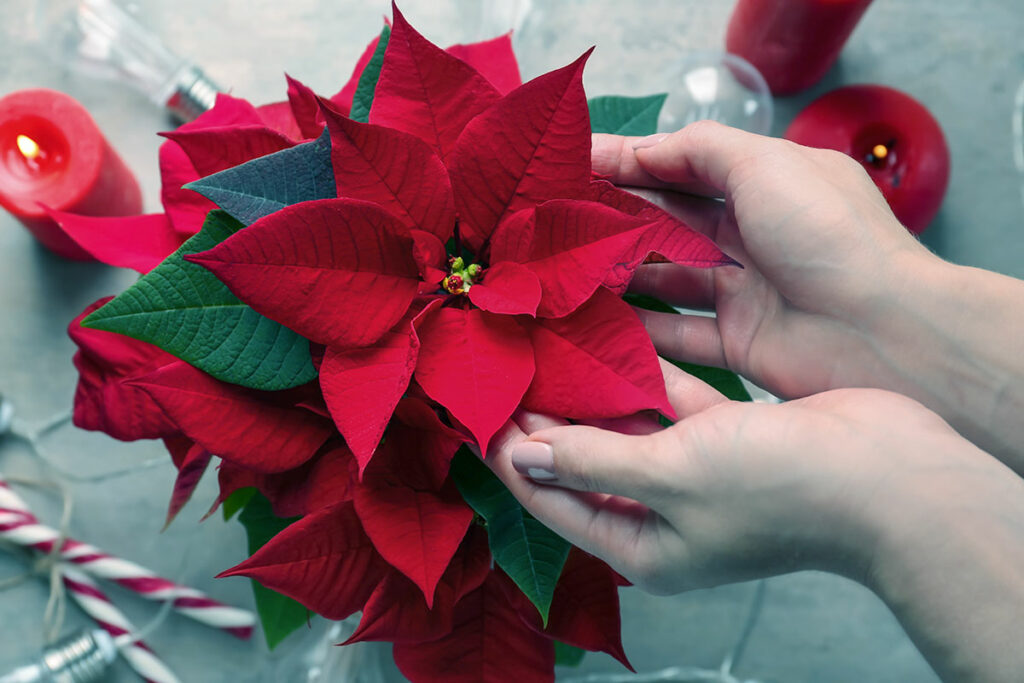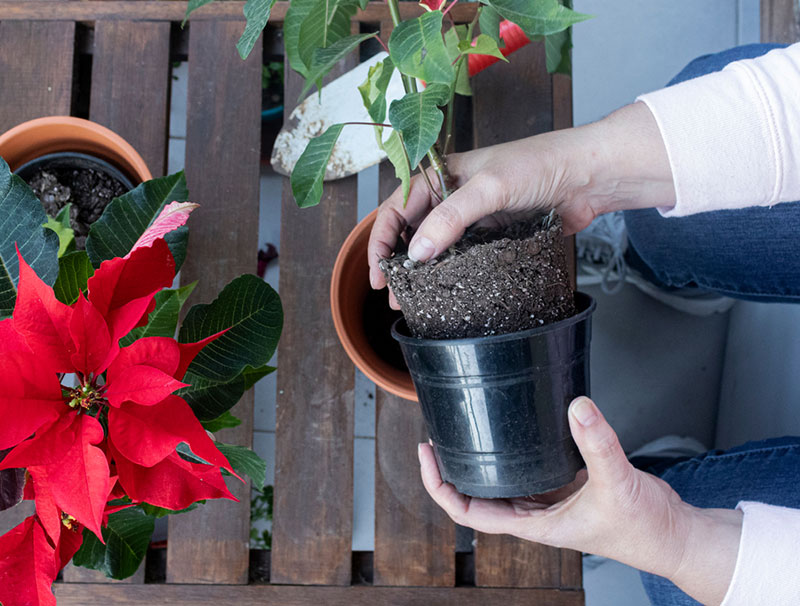
Poinsettias are known as holiday plants that have red leaves during the Christmas season. These are often discarded after the leaves lose their color and the flower is done blooming, but did you know that you can transplant these plants so that they grow throughout the year?
In this guide, we are going to cover some tips that will help you learn the best way to transplant poinsettias.
Timing Poinsettia Transplants
The process can be tricky, especially if you want them to bloom, but it can be done. One thing to remember is that this plant goes dormant at a specific time of year, so growth slows, and the amount of care that you need to provide for the plant decreases as well. At NMSU, they recommend storing poinsettias in a dark area after the leaves fall. The temperature should be between 50 and 60 degrees Fahrenheit, and it should be watered very little during this dormant time. In late May of the year, the plant can come out of the dark space so that it can begin to grow again. If you are going to transplant the plant, this is the time to do so.
Transplanting into a Container
If the plant is currently too confined in the pot that it is growing in, you can place it in a new container that is about 2 inches larger in diameter. The height of the container should remain roughly the same so that the roots get the same amount of water. You will need to make sure that the plant is placed in new soil that is free of any diseases.
The folks at the University of Minnesota suggest using a soil mixture that is organic with some peat moss in it. Also, you will want to use soil that drains well so that root rot does not form. Once the flower is planted in the new pot, it needs about four to five hours of sunlight a day to grow.
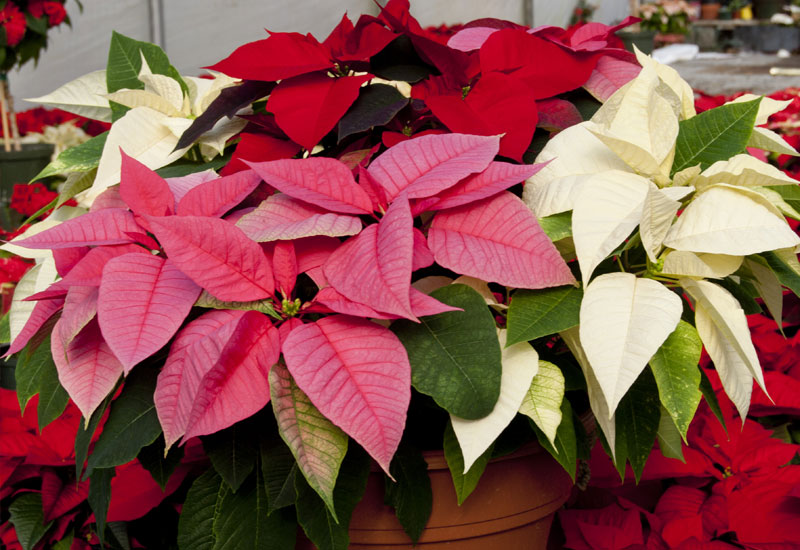
Transplanting Poinsettias Outdoors
When you are transplanting a poinsettia into an outdoor garden, there are a few considerations that you will want to make. These plants can grow to be up to 10 feet tall and 7 feet wide, so you need to make sure that you are providing it with the care that it needs, especially after it is transplanted so that it thrives. Keeping this in mind, here are some of the considerations that you need to make:
- The area that you live in: To grow a poinsettia outdoors, you need to live in an area that will not get frost on the ground. If the weather goes below freezing, transplanting your poinsettias outside may not be the best idea.
- How much sun the plant will get: Find a site that is protected from the wind and will provide the plant with full sun for a few hours a day.
- The type of soil that is outside of your home: When it comes to soil, poinsettias grow best in soil that is slightly acidic with a pH that is between 5.0 and 7.0.
As you transplant the poinsettia in a new location, you are going to need to start with the hole. The hole that you are planting it in should be approximately a foot wider and about 6 inches deeper than the pot that it was growing in so that there is room for growth. If the soil is hard and lumpy, make sure that you break it up before covering the plant with it. Adding nutrients to your soil can really help a freshly transplanted plant to grow.
Once the plant is in the soil, give it a good amount of water to help it establish itself in the new location. You have given the plant enough water once the water begins to pool in the soil.
New plants should also be fertilized when they are first planted to help them grow. Poinsettias thrive with fertilizer that is high in nitrogen, so try a 12-4-8 fertilizer when you first transplant it.
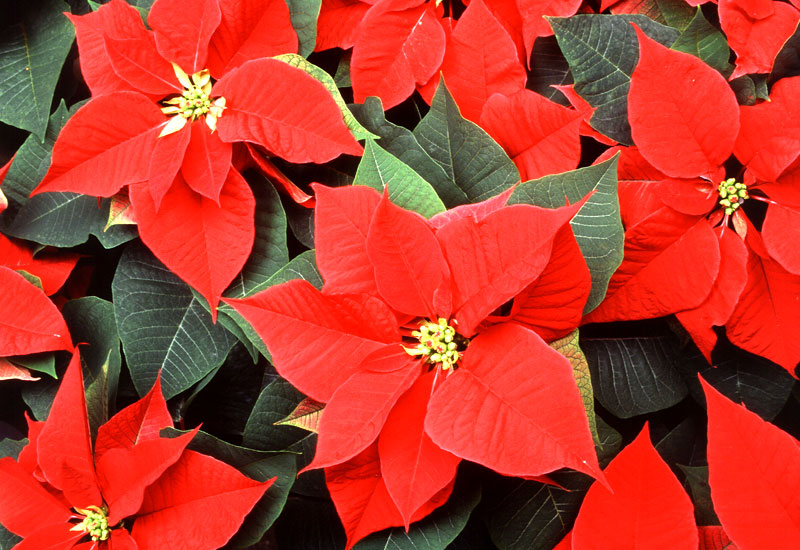
Tips for Transplanting Poinsettias
- Always wear gloves when handling or transplanting poinsettias because the sap has a mild toxin in it that can irritate your skin.
- Transplanted poinsettias grow best in temperatures that average between 65 and 70 degrees Fahrenheit.
- Half strength liquid fertilizer is required for this plant to grow after a transplant, and it only needs to be applied once a month during the growing season.





